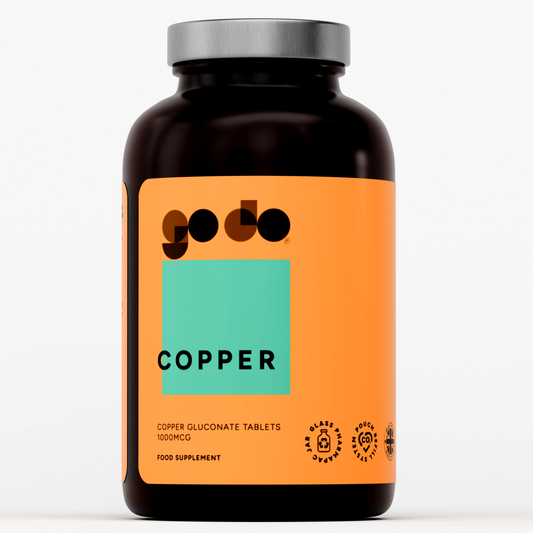We’ve all heard many times now that health is wealth. A person won’t be able to perform to his or her optimum levels if their insides aren’t healthy.
Living a healthy life is a fusion of several factors. All it takes is a bit of consciousness to be in good shape.
Cholesterol is one factor that adds to the lethargic condition of a person. It is a necessary evil; meaning that although it is vital for several bodily functions, yet an excess of it is hazardous.
Some easy to follow measures, if taken, can help reduce cholesterol levels, keeping it at a balance that helps you remain healthy.
How can you reduce cholesterol with minor changes?
Lifestyle changes can help reduce cholesterol; the foremost being eating healthy. Cholesterol is mainly the result of fats; saturated ones mostly.
These are found abundantly in red meat and dairy products. Instead of these, low-fat dairy and monounsaturated fats are preferred, which are found in olive, as well as, canola oils.
Cholesterols are notably increased by trans-fats too, which tend to increase the risk of heart attacks. Foods containing omega-3, soluble fiber and protein should be added to your daily diet which accounts for reducing cholesterol levels.
Here are seven ways to reduce cholesterol:
- Exercise
Exercise is one effective way of cutting the cholesterol levels significantly. High levels of cholesterol mean that a person is overweight; with more fats causing obesity. Exercise cuts these high levels by reducing the overall weight of an individual.
It makes the metabolic processes work at a faster rate and stimulates enzymes that remove the ‘bad’ (read: unwanted) cholesterol, i.e., LDL from the blood.
Daily vigorous exercises are highly recommended, such as jogging, biking, even gardening, or similar other exercises that contribute to cutting off cholesterol levels in the least span of time.
- Quit smoking
Smoking lessens the amount of HDL present in the blood, which is defined as the ‘good’ (read: necessary) cholesterol. Heart attacks are more likely a cause of smoking.
HDL is actually the ‘skull’ of the heart; protecting it from diseases and heart attacks. Giving up on smoking yields immediate and long-term benefits. It not only controls the cholesterol levels but also prevents various hazardous diseases too, such as atherosclerosis, heart attack, lung diseases, etc.
- Change your diet
Eat as many vegetables and fruits as possible – they contain a plethora of ingredients that lower cholesterol. These include proteins and fiber. Doctors recommend adding all spectrum-color fruits and vegetables to your diet as the richer the hue, the fitter for you.
- Have regular check-ups
Another measure that must be taken into consideration is visiting your doctor regularly. This helps to keep a count of your calories. Tabulate them so that you can analyze the fluctuating amounts of calories if any. Also, your doctor might aid you with supplements; tablets or injections that lower cholesterol.
- Drink green tea regularly
Green tea is an herbal remedy that controls many complications, including headaches, stomach aches, even fighting cancer-causing agents, and cutting cholesterol (LDL) levels. Green tea tends to decrease the risk of high cholesterol by 10% in just a few weeks and is an efficient way for quick cholesterol balancing.
- Get enough sleep
Surprisingly, a good sleep counts toward a moderate cholesterol level too. Sleep deprivation increases LDL levels in the blood, abruptly. The risk of cardiovascular diseases is also drastically increased. To control this, 8 hours of sleep is recommended daily.
- Keep a check on vitamin D
Other factors that may control cholesterol include keeping a check on vitamin D levels, using plant sterols supplements, eating less gluten, etc.
High cholesterol also runs in the family, with the risk increasing due to other factors. So, ensure that you’re able to control it.











